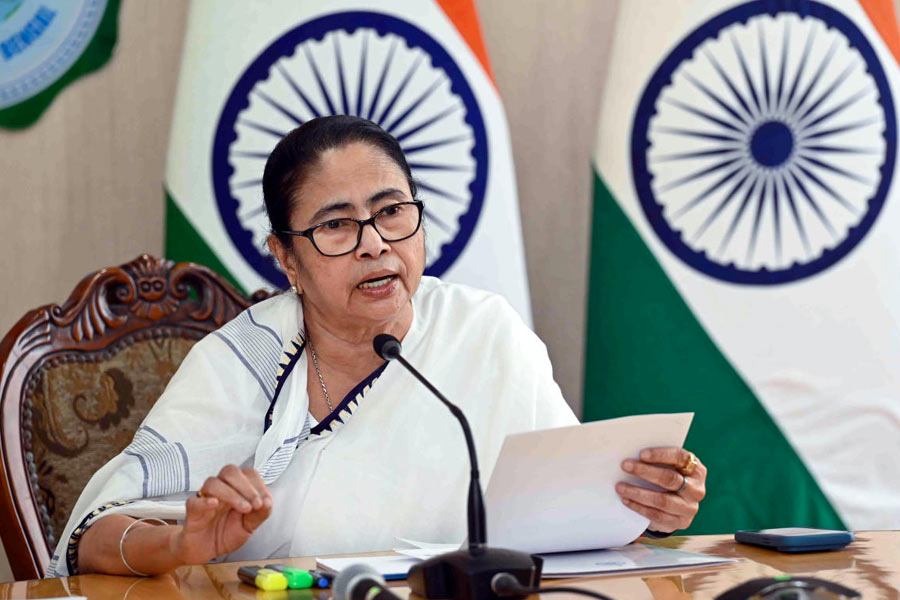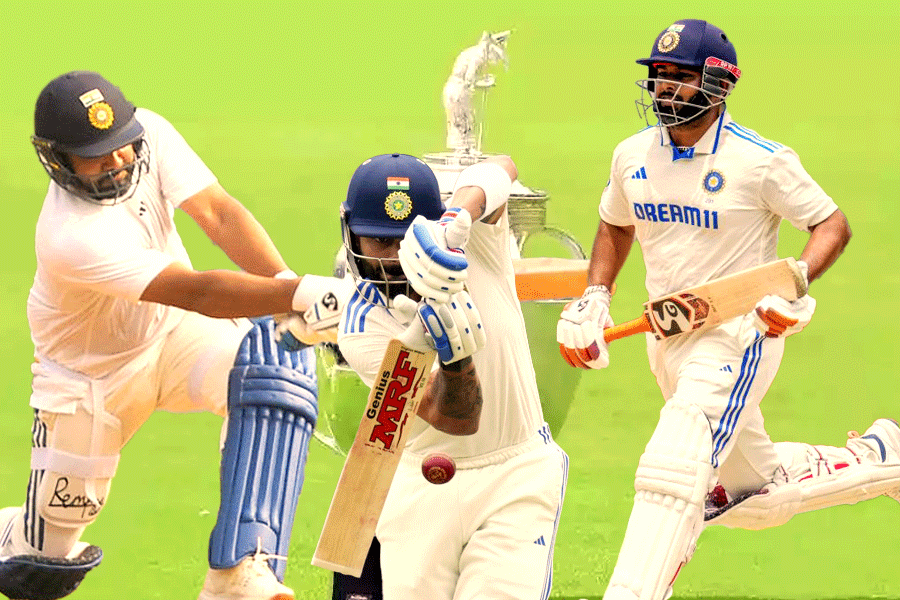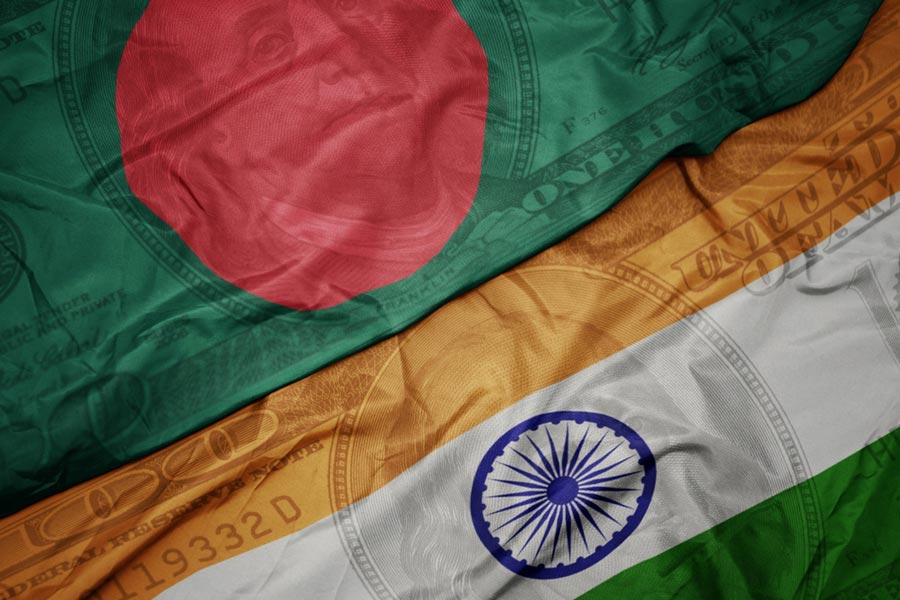Perceptions are powerful, often shaping our understanding of reality. For years, Gujarat has been perceived as the economic sprinter, leaving Bengal trailing in its wake. However, the narrative is undergoing a paradigm shift that has even surprised the NITI Aayog. Bengal, the largest economy in India until the 1960s, is now making ascent, once again.
NITI Aayog’s recent observations applaud Bengal’s progress, citing a GDP that has touched Rs 17.19 trillion and advancements in nine out of 12 crucial social indicators. It’s intriguing to note that Bengal, despite trailing Gujarat in overall state GDP at Rs 22.62 trillion, outshines its western counterpart in poverty alleviation.
As of the fiscal year 2022-23, Bengal contributed over 6% to the national GDP. This surge is noteworthy, considering the state’s GSDP growth accelerated from pandemic lows to an impressive 10.76% in 2021-22 and 8.41% in 2022-23, surpassing Gujarat’s 8.3% in the last fiscal year.
Examining the data on multidimensional poverty reveals a significant turnaround. In 2016, 18.5% of people in Gujarat and 21.3% in West Bengal lived under multidimensional poverty. By 2021, Gujarat’s figures dropped by 6.8 percentage points to 11.7% while West Bengal reduced it by 9.4 percentage points, reaching 11.9%.
In the critical domain of nutrition, the numbers tell an inspiring story. In 2016, around 33.6% of families in Bengal and 41.37% in Gujarat faced undernourishment. By 2021, Bengal witnessed a 14% reduction, with only 27.3% of families grappling with undernourishment, while Gujarat saw a modest decrease of just over 3%, standing at 38.09%.
The sanitation sector further confirms Bengal’s strides. Between 2016 and 2021, Bengal recorded a substantial 16 percentage point decrease in sanitation challenges, dropping from 47.81% to 32%. In contrast, Gujarat saw an 11% decline, moving from 37% to 26%. The quest for clean drinking water also saw Bengal shine, with only 4.97% of its population deprived in 2021, compared to Gujarat’s 5.3%.
The comprehensive report indicates that by 2021, the poverty intensity in Gujarat reduced to 43.25%; West Bengal exhibited an even more impressive reduction to 42.35%. Notably, the report measures poverty not solely by income metrics but includes parameters of health, education, standard of living, encompassing 12 sub-indicators. While Gujarat excels in housing, cooking fuel, and electricity, Bengal’s comprehensive approach triumphs in overall poverty reduction.
Bengal’s prowess extends beyond social indicators. In terms of exports, the state’s iron, steel, gems, jewellery, and tea contribute significantly, bringing $13.9 billion a year or about 2.83% of national exports in 2022-23. Gujarat, however, leads with Rs 12 lakh crore a year ($150 billion). Bengal’s ambition to surpass Rs 1 lakh crore a year of exports by 2030 is underlined by collaborative efforts with the World Bank and the Federation of Indian Exporters Organisation.
Foreign Direct Investment paints a similar narrative. As of September 2023, Bengal’s FDI reached Rs 394.28 crore following Rs 415.37 crore in 2021 and Rs 427.77 crore in 2022. Chief Minister Mamata Banerjee asserts that the state received investment offers amounting to Rs 3.76 lakh crore in September. Investments in Gujarat are witnessing a decline. In 2020-21, FDI inflows peaked at Rs 1.62 lakh crore but dwindled to Rs 20,169 crore in 2021-22, Rs 37,059 crore in 2022-23, and to Rs 18,884 crore in 2023-24, according to the Department of Industry and Internal Trade. The Reserve Bank of India has also underscored concerning trends in Gujarat and Madhya Pradesh’s daily wages, among the lowest in the country. However, Bengal is yet to catch up with Gujarat in employment. Gujarat has about 2.2% jobless people against Bengal’s 5.2%, according to Centre for Monitoring India Economy. Overall poverty is 35.8% in Gujarat and 63.43% in Bengal.
Bengal is gaining momentum; it appears to be on a changing but correct course.
Shivaji Sarkar is former Senior Editor, The Financial Express











